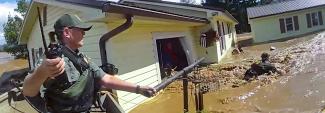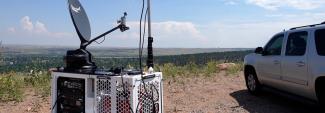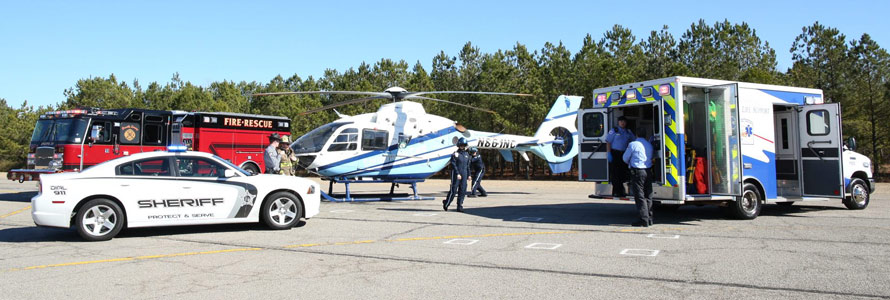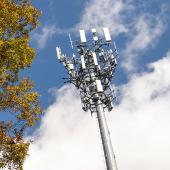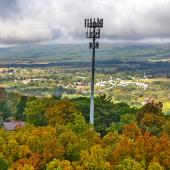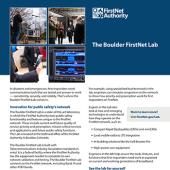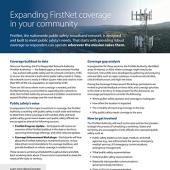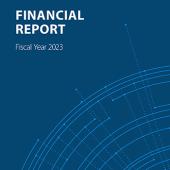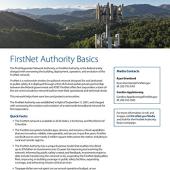Our nation’s emergency communications community is in pursuit of enhanced interoperability, coverage, reliability, and efficiency. Nobody understands this better than the dedicated professionals who maintain radio systems and manage communications technology for first responders, like South Dakota’s Kendall Light. As the State’s Radio Systems Integration Engineer, Light has been integrating FirstNet and Mission Critical Push-to-Talk (MCPTT) with the statewide radio communications system to streamline emergency communications.
How South Dakota got started with FirstNet Mission Critical Push-to-Talk
Many rural jurisdictions in South Dakota were experiencing degraded land mobile radio (LMR) coverage in remote areas. Light began exploring how FirstNet Mission Critical Push-to-Talk (MCPTT) could help address coverage, capacity, and interoperability limitations.
MCPTT is a broadband service that provides voice communications on par with traditional LMR communications. In addition to low-latency, highly resilient voice communications, MCPTT layers in broadband capabilities that are vital to today’s operations — real-time video, photo and file sharing, live location tracking, and web-based dispatch. MCPTT is available across smartphones, tablets, and rugged handhelds.
With FirstNet Rapid Response, an MCPTT solution, responders can communicate anywhere — away from their vehicles in rural areas, inside of buildings, or anywhere else in FirstNet’s coverage area. Light explained, “What this allows responders to do is talk to other responders and dispatchers from anywhere. This gives them help in the field that they never had before.”
Communications interoperability and reliability for complex events
Light noted that MCPTT technology is especially important to enhancing communications interoperability and reliability at the annual Sturgis Motorcycle Rally in Meade County. This year, officials are expecting as many as 800,000 motorcycle enthusiasts. To support an event this large, more than 100 public safety agencies will need to communicate with each other throughout the event.
Each of these agencies brings its own communications solution to the table, making interoperable communications a serious challenge. For this year’s rally, the state will deploy a cache of FirstNet MCPTT devices to responders supporting the event. With these devices, responders will be able to communicate and coordinate seamlessly on pre-programmed channels. This broadband solution addresses interoperability challenges and expands radio capabilities.
Light said, “A big advantage we expect is that by moving communications to the FirstNet network, we can avoid utilizing our radio frequency towers with limited capacity. In previous years, we would exceed the capabilities of our LMR system and get busy signals, but this year we won’t.”
MCPTT is also critical for multi-state wildfire responses. South Dakota regularly partners with the neighboring states of Wyoming and Nebraska on complex multi-agency wildfire responses. In the future, MCPTT will make it much easier for responders to communicate no matter what state or agency they represent.
As Light described, this solves a historic challenge: “Before Rapid Response MCPTT, we really didn’t have a way to communicate with our neighboring states without picking up the phone and calling dispatch.” By working together with neighboring states and mutual aid partners to adopt the same MCPTT technology, everyone will benefit from easier and improved communications on these complex incidents.
Driving adoption in the public safety community
So far, Light has not found it difficult to locate early adopters of MCPTT in South Dakota. For some agencies, the benefit of having better coverage for their responders in rural areas and inside buildings is enough to drive adoption. Long faced with the challenge of limited rural LMR coverage, agencies now have a solution to ensure their responders can call for help from anywhere.
A second benefit Light shared is the streamlined onboarding experience when programming and adding or changing user talk groups. In the past, programming new radios and assigning talk groups was complex and costly. For end users, this meant taking their radio to a radio shop for programming and then learning how to use it. This can now be done remotely, and the user training is self-driven making it faster, easier, and more accessible to responders. This has long been a goal for Light, who said, “The less the first responder needs to do to communicate, the easier it makes their job because they can focus on the mission rather than what they need to do to make their radio work.”
Another benefit that Light sees is the significant cost savings to local jurisdictions. “Even a cheap radio can cost thousands of dollars, and Rapid Response MCPTT devices provide thousands of dollars in savings per unit. This makes it easier for commissioners to approve the purchase, and it allows local governments to put more devices in the hands of more first responders.”
A bright future for emergency communications in South Dakota
South Dakota, like many other states and territories, is working hard to enhance emergency communications interoperability and reliability. The future is bright as the public safety community modernizes and embraces cutting-edge communications technologies. The FirstNet Authority is proud to partner with states across the country, like South Dakota, to understand the technology and connectivity needs of their responder communities and provide solutions.




